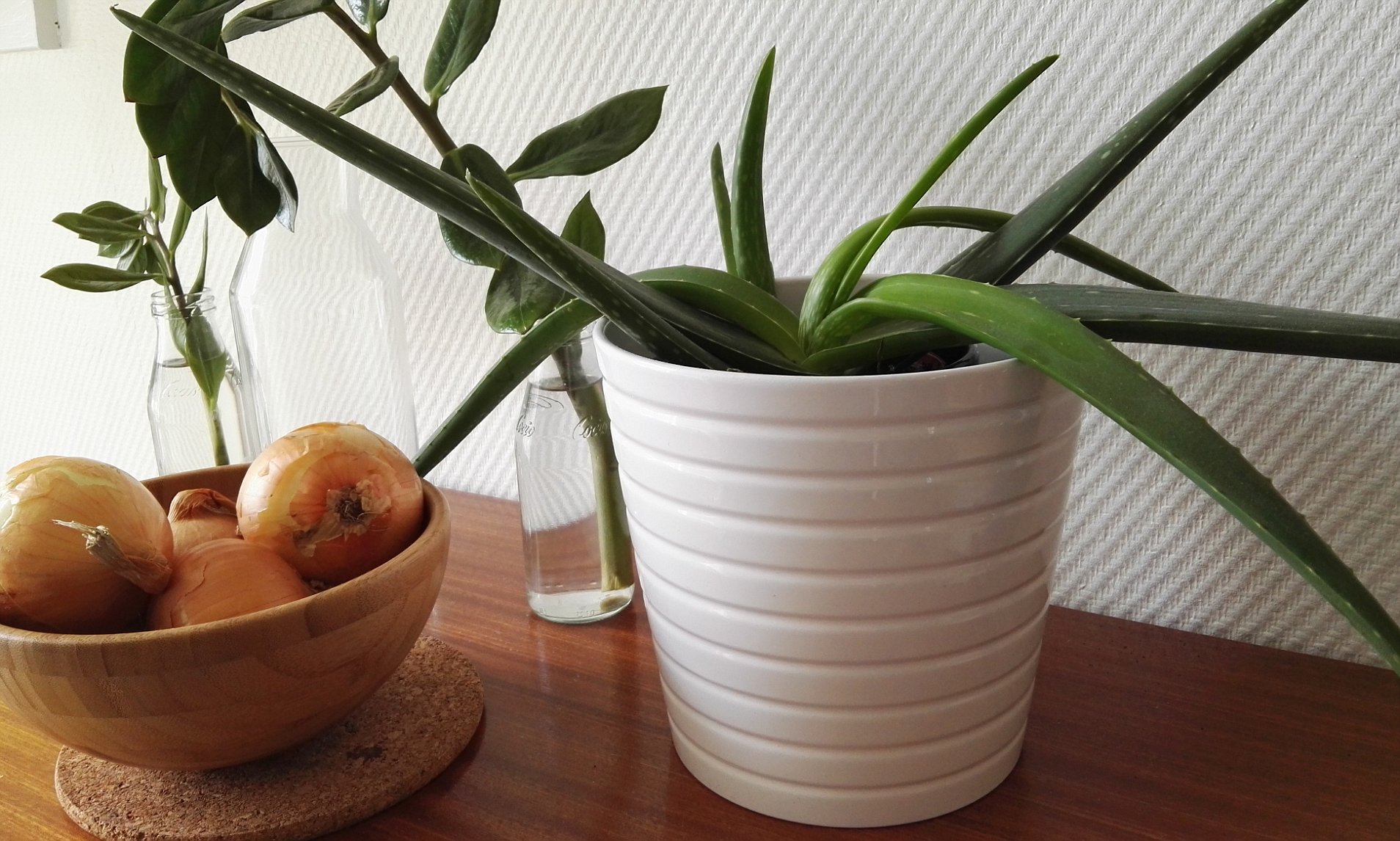
Houseplants can bring much-needed life to any room, and more and more milennials are choosing houseplants over pets and children. The millennial houseplant obsession is real and based in large part by the fact that many of us are doomed to be renters in urban environments, so our exposure to nature has to be brought indoors. But whether you live in the suburbs, the country, or the city, a previously drab and uninspired space can immediately be spruced up by the addition of an interesting houseplant.
Houseplants can bring much-needed life to any room, and more and more milennials are choosing houseplants over pets and children. The millennial houseplant obsession is real and based in large part by the fact that many of us are doomed to be renters in urban environments, so our exposure to nature has to be brought indoors. But whether you live in the suburbs, the country, or the city, a previously drab and uninspired space can immediately be spruced up by the addition of an interesting houseplant.
Mums Chrysanthemum

Why We Picked It: If some autumnal nostalgia isn’t enough to convince you to buy them, let their ability to clean your air convince you. The air purifying champion of NASA’s research, mums effectively reduced ammonia, benzene, formaldehyde and xylene in the air.
Peace Lily Spathiphyllum

Why We Picked It: Peace lilies are the ideal houseplants for people convinced they have a “black thumb,” as they do fine in low light, and visibly droop when they need to be watered, basically telling you exactly what they need. A happy peace lily will thrive for years. Great at removing ammonia, benzene, formaldehyde, and trichloroethylene from the air.
Snake Plant Sanseveieria

Why We Picked It: With virtually no light requirements—though they grow the fastest in bright light—snake plants are thought of as bsaically impossible plant to kill. They thrive on neglect, and prefer long stretches of no water. Great at removing benzene, formaldehyde, trichloroethylene, xylene from the air.
Aloe Vera Aloe barabensis

Why We Picked It: Aloe is another plant that loves to be neglected. Just find it a nice place in the sun and it will grow for years and years. Get a sunburn? Simply remove a frond, open it up, and spread the gooey contents on your skin for instant relief. Plus, it’s awesome at removing formaldehyde from the air.
Boston Fern Nephrolepis exaltata

Why We Picked It: One of the most effective air purifiers on this list, the Boston Fern is the perfect plant to keep in your bathroom. They love humidity, to be in slightly damp soil, and don’t have a high light requirement. Plus, they help remove formaldehyde and xylene from the air.
Rubber Tree Ficus elastica

Why We Picked It: Both visually appealing and incredibly hardy, this plant will grow super large if left to its own devices. Blessedly low-maintenance, and it loves to go outside on your porch or terrace in the summer. Great at removing benzene, formaldehyde, and trichlorethylene from the air.

